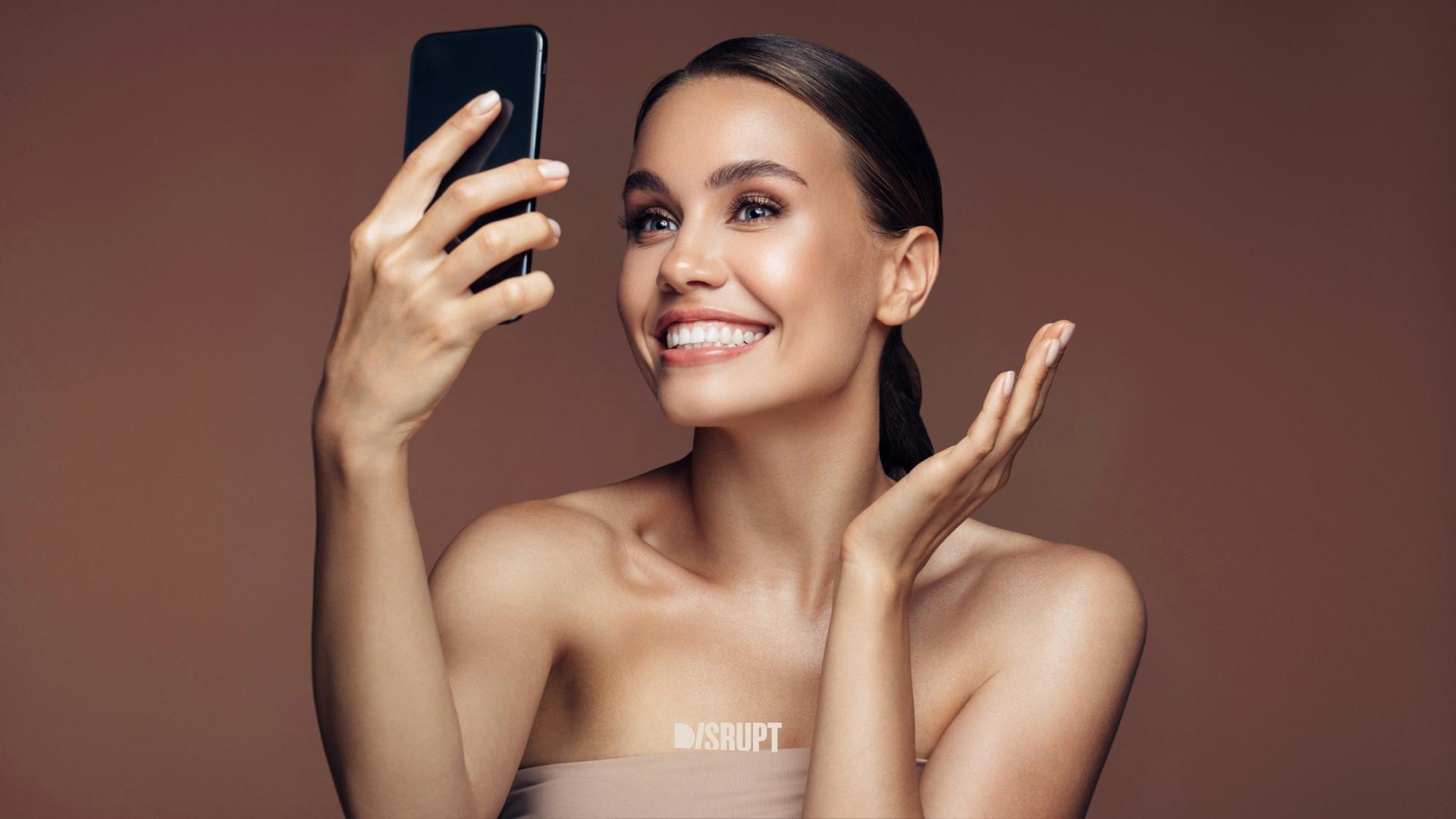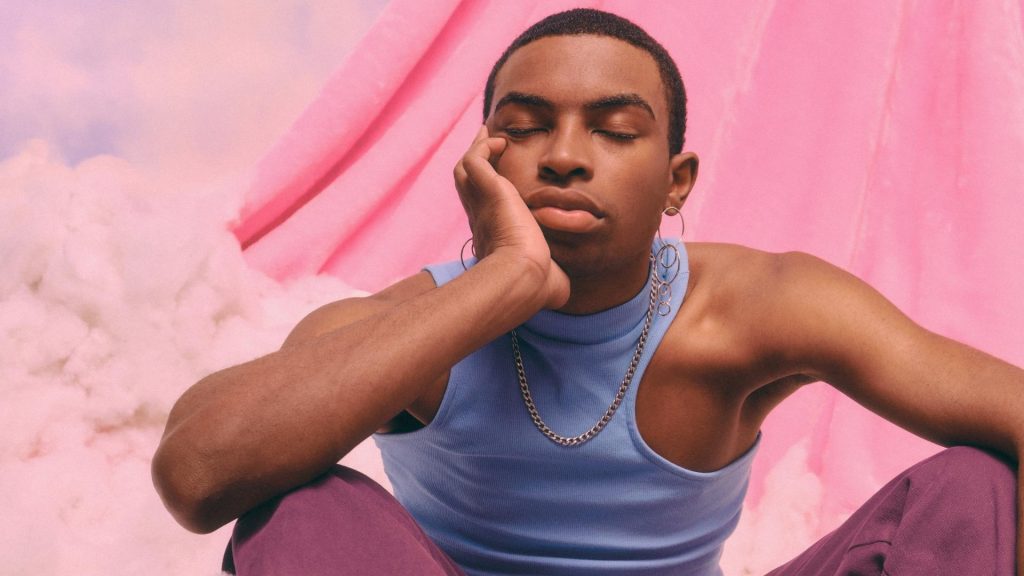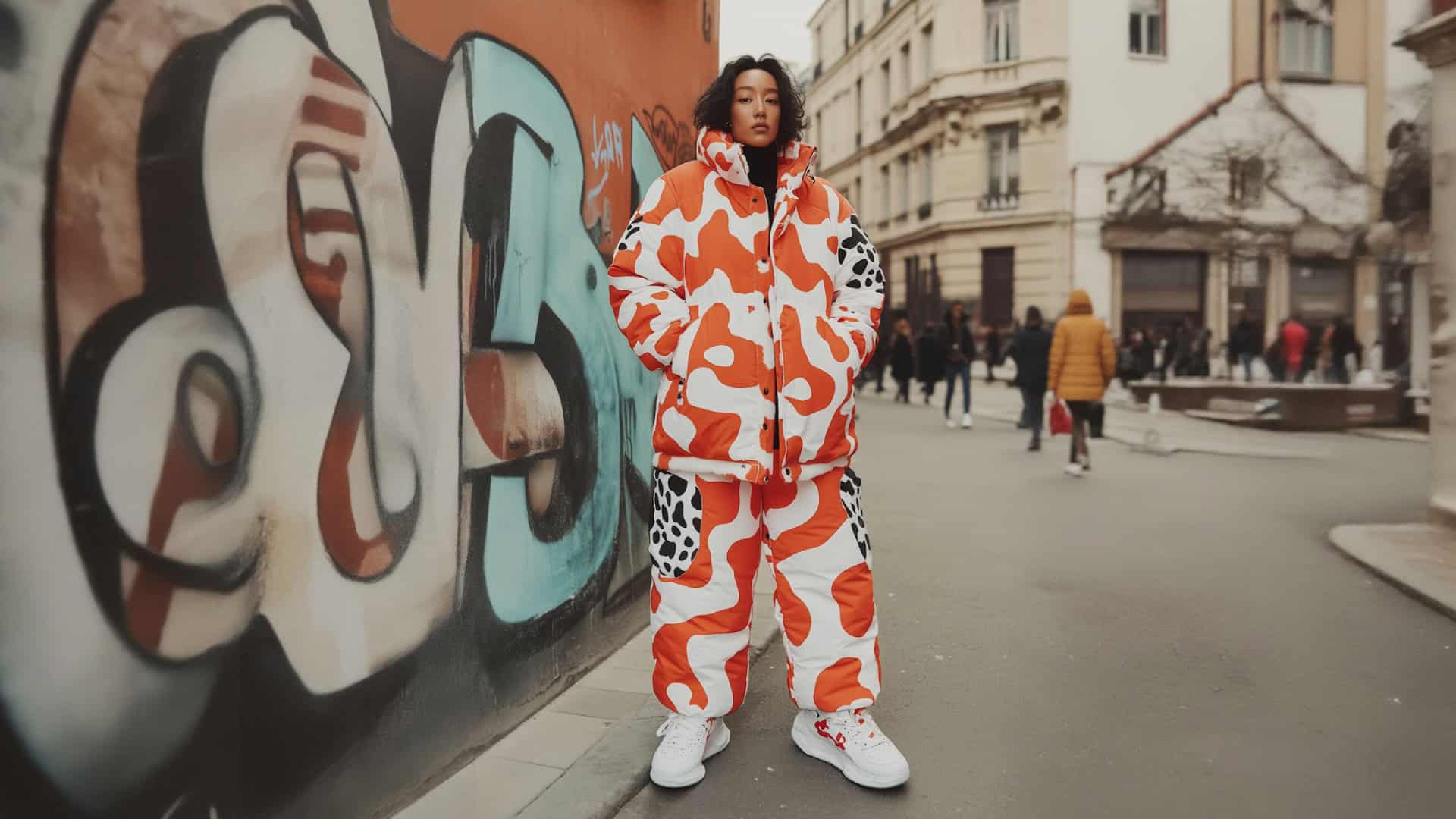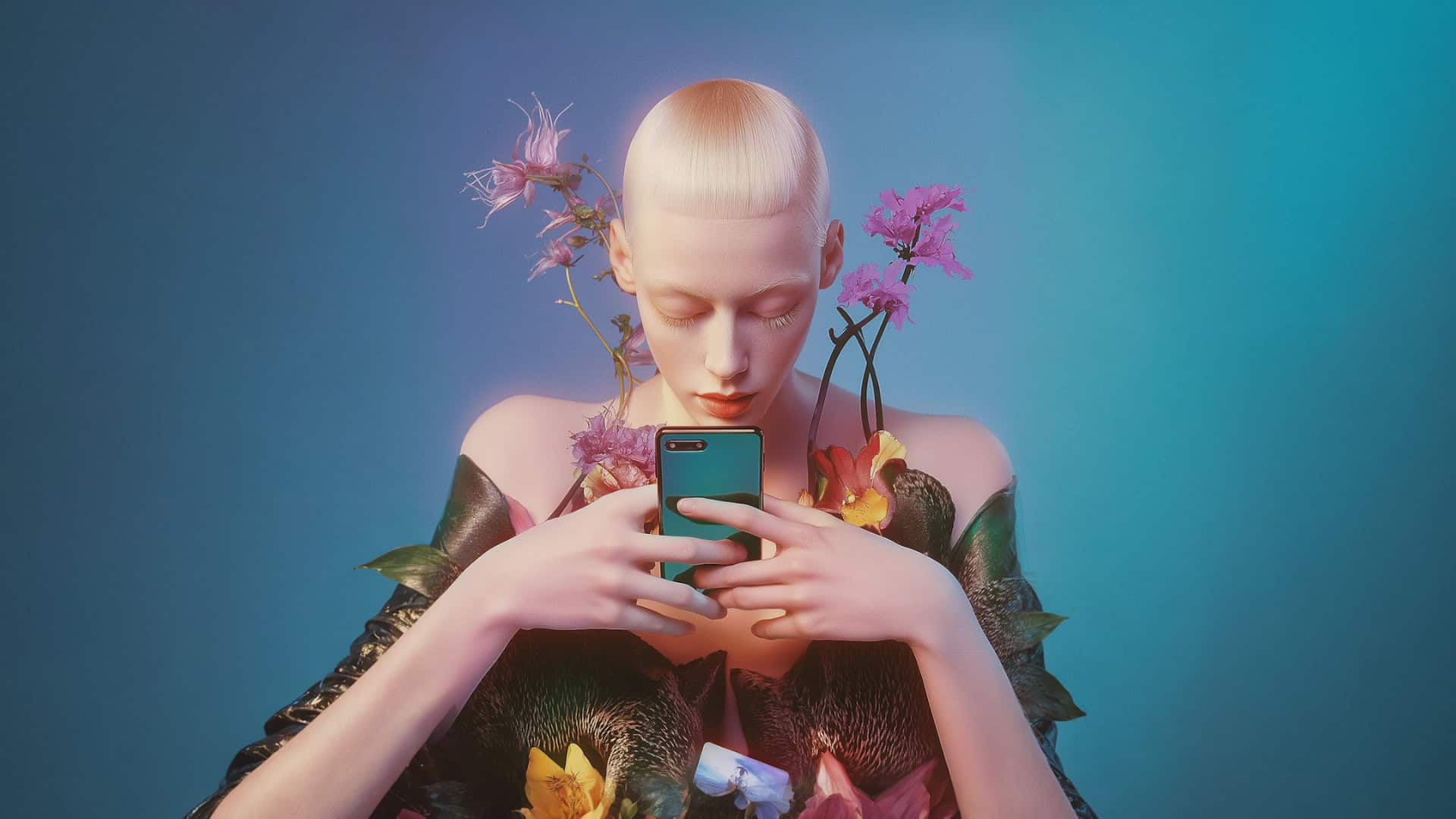
Influencer Strategy: Influencer x brand relationships
In the early days of influencer marketing, during its emergence into the digital realm, one-off project-based campaigns were a widely used strategy. These campaigns aimed to test the waters, determining which influencers had the most impact, which content garnered attention, and which platforms proved the best at connecting them with their target audience.
Now that influencers have become a core element within marketing strategies across a variety of different verticals, both creators and brands are seeking deeper and more mutually beneficial partnerships. The question is: how do brands and influencers know which way of working is best for them? And is there more value in locking down fewer creators for longer partnerships versus contracting more influencers for fleeting projects? Well, at Disrupt we’ve done it all and there are certainly pros and cons to each approach.
A new wave
Now more than ever there is hunger from creators and their management for meatier campaigns. Ambassador-style partnerships that could see contracts a year long with monthly deliverables and consistent work with a brand are highly sought after among creators. A lot of big names in the industry are beginning to land huge deals that span beyond the realm of social media. For example, TikTok star, GK Barry recently landed an incredible campaign with KFC which saw her star in their TV ad. Similarly, TikTok's latest icon, the 'Tube Girl', who shot to fame after brazenly recording herself dancing on the London underground has recently worked with Hugo Boss as part of Milan Fashion Week.
It’s exciting to see content creators get the chance to feature in campaigns of this scale vs traditional celebrities, it shows just how far the influencer marketing sector has come. However, there are risks that should be weighed up before diving into something head-first like this for brands.
Moving on from tradition
The thing with traditional PR, where celebs were hired for a photo shoot, gave a 2 sentence quote drafted by their agent and did interviews for a couple of newspapers, is that the value was and is still so hard to measure.
How do you really know the impact of something like this beyond a circulation number from the press? Influencer campaigns of this scale have the benefit of the added layer of social media, so posts can be negotiated into contracts, they’ve already got a huge reach on digital platforms where data is so accessible and ROI is easily worked out. So it really is no surprise that digital talent is being favoured over these more traditional celeb names.
Influencers are the new celebrities
Creators are now celebrities in their own right. Stepping into traditional media like TV shows, becoming a presenter, podcasts, music - all forms of entertainment. When creators get to this size, they naturally want to steer from one-off campaigns or smaller-scale brand deals, they don't seem to serve them as much purpose anymore. This is why you see these ambassador-level partnerships involving huge shoots, PR and even TV ads.
But what is more beneficial for brands? Well, it depends on who you ask really. James Humphrys from OP Media Agency says:
“Creators’ perspective on long term deals and one-off projects vary from talent to talent. Some prefer the consistency and regular income that a long term partnership with a brand provides while others like to keep their brand associations flexible and lean towards one-offs that that give them the luxury to pick and choose based on their schedule, the brief and overall suitability. Generally speaking, the more consistent creators that upload to a regular schedule are more focused in seeking out longer term partnerships opposed to talent with a more sporadic content output.”
Big brands that might not necessarily need help with sales but want to connect to a younger demographic will take on creators as large-scale ambassadors as, quite frankly, it looks cool.
We’ve also come to expect it from some brands. Take the classic PLT, In The Style etc, they jump on Love Islanders the second they leave the villa because they know engagement is likely to be sky-high and consumers are craving content from them. These involve million-pound deals that have clothing collections and year-long social campaigns.
The thing is though, a lot of the Love Island contestants are just ordinary folks, working regular jobs with minimal social media following when they enter the villa. They've never created real social content before, lack experience in proving their ability to produce engaging ads, and lack the essential know-how involved in being a full-time content creator. Yet, when they exit the show, they can have a million followers and be signed up to an ambassadorship at the snap of a finger. There’s a lot of risk in taking this approach because it’s difficult to predict how their content will perform, if their audience is relevant or if the ROI will be worthwhile.

There are several instances where partnerships like these have fallen flat. Look at the Oh Polly deal with Ekin-Su back in 2022. The star landed a nice pay-day in the form of a £1 million contract, only to be dropped six months later due to 'contractual disputes' and a strained relationship. This incident sparked significant industry chatter about the authenticity of Ekin-Su's following, with influencer analytics tool Tagger Media revealing that only 16% of her audience was genuine. Suggesting that Oh Polly likely wasn't impressed with the results of the partnership.
Brands need to exercise caution before diving into these long-term partnerships, ensuring there's a swift exit option for both parties if things are not working effectively.
One-off specials
So while long-term partnerships are usually more appealing for brands and creators, there is a lot to be said about one-off campaigns. They introduce a creator to a brand, spark a relationship and open up conversations about the potential of working together again in the future. For a lot of brands, one-offs are simply vital when the start using influencer marketing, as they need to see if a creator can perform for them.
For smaller brands dipping their toes into influencer marketing, one-off projects often make the most sense. These brands may not be in a position to offer influencers long-term deals but still want to partake in delivering creative campaigns to their audience, making project-based relationships the best option. We’ve found that in most cases, creators are open to such one-off collaborations when the brand aligns with their values and audience. It still results in authentic content that resonates with their followers while helping their income too.
However, we acknowledge that most creators rely on content creation as their primary source of income. Therefore, we strive to establish longer-term relationships when possible, benefiting both the creators and our clients.
Stay tuned for the next feature in the influencer strategy series, what do you want to see us dive into next? Let us know on socials!







